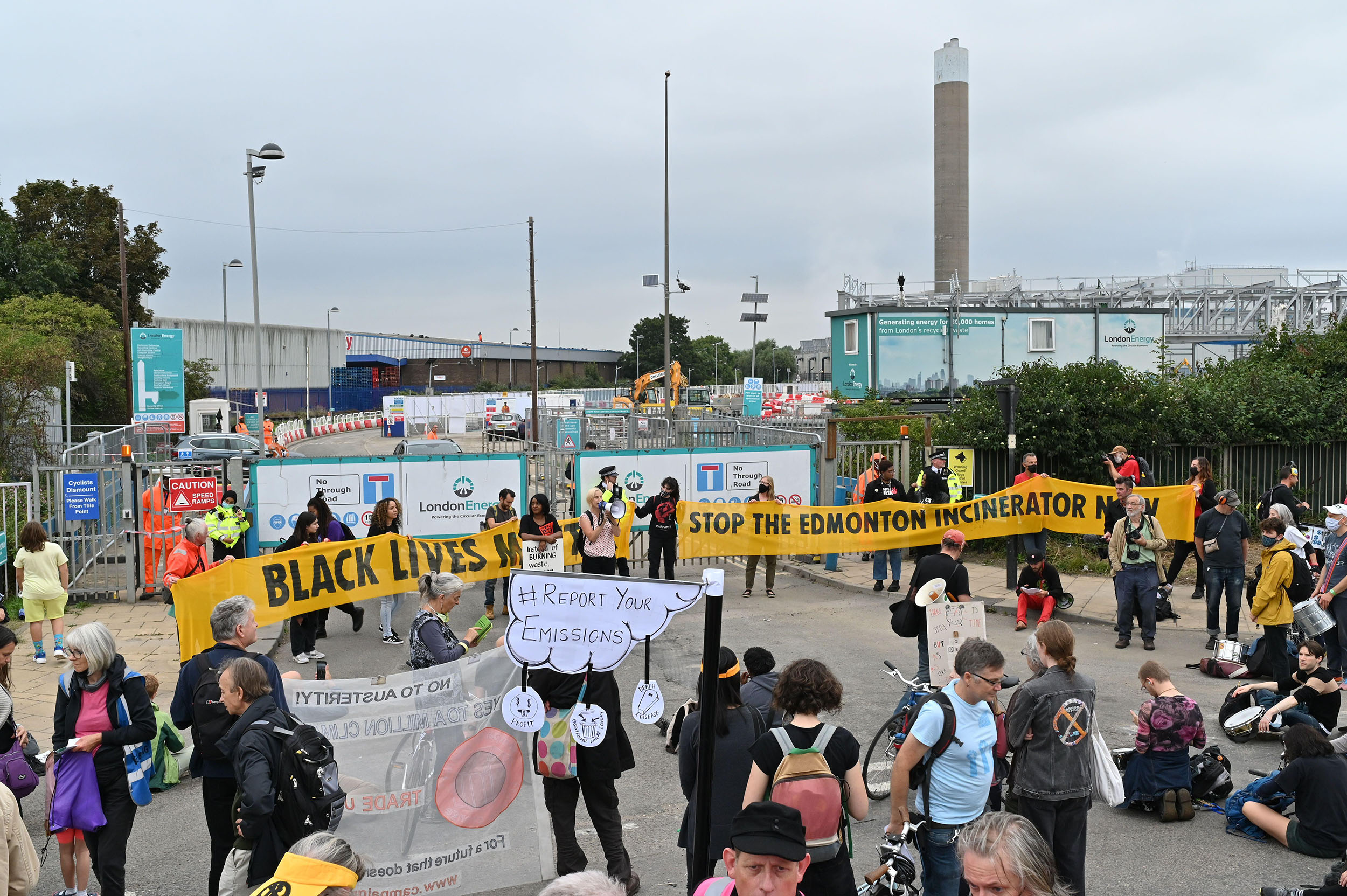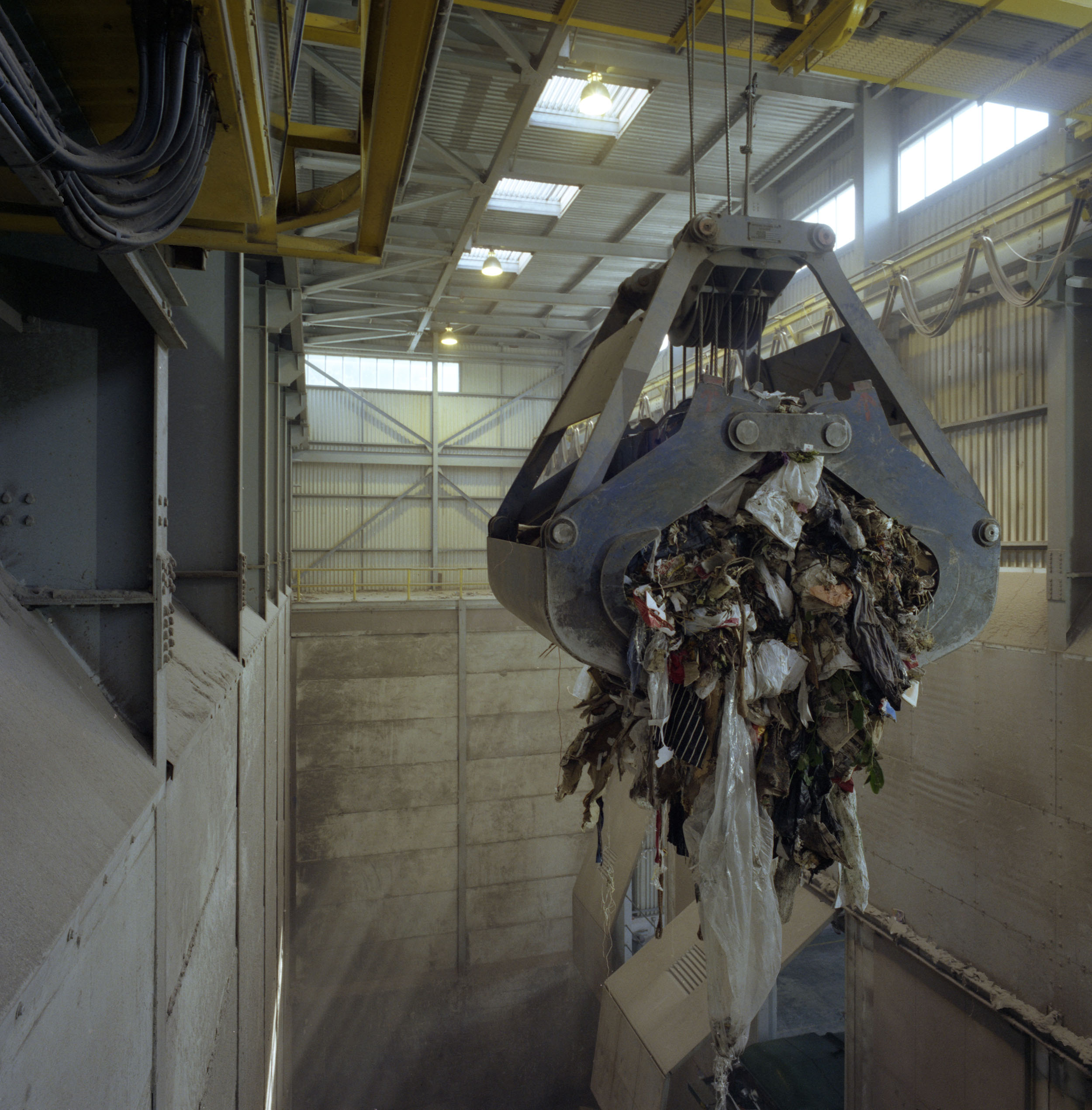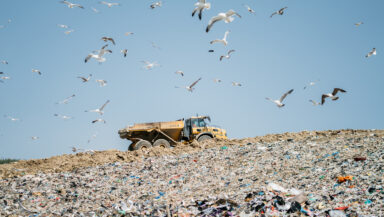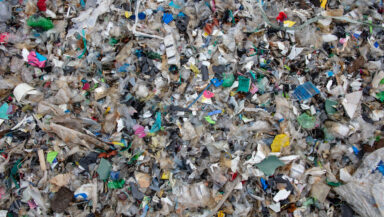This post is written by plastics campaigners at Greenpeace UK and guest authors from UK Without Incineration Network (UKWIN).
Earlier this month, the long-awaited results of The Big Plastic Count – the UK’s largest ever investigation into household plastic waste – were revealed. The citizen science project sought to discover how much plastic we throw away, where it actually goes once it leaves our homes, and how much of it gets recycled.
Turns out it’s not a lot. Sadly, just 12% of the 100 billion pieces of plastic leaving our homes every year is actually recycled in the UK. What happens to the rest of it? Well, most ends up in an incinerator.
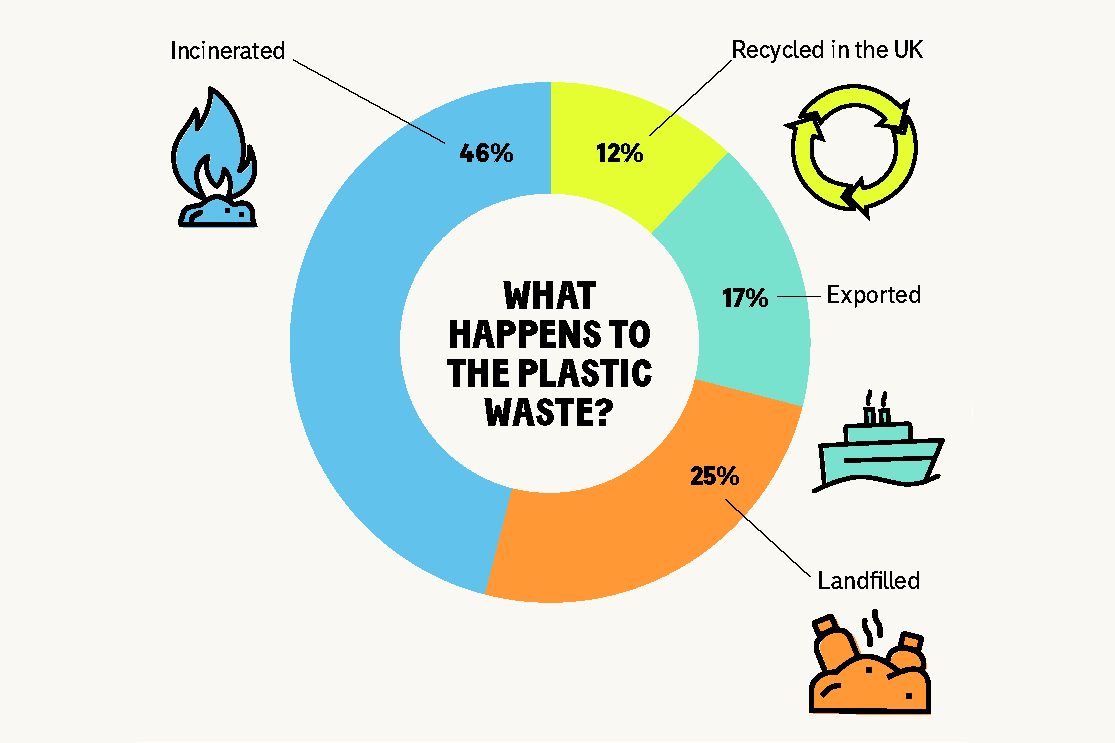
What is incineration?
Incineration is a treatment of waste where rubbish is burned and some energy is generated.
Sounds great, right? Turning our unwanted waste into much-needed electricity? Wrong. Let’s dive deeper…
Incineration is bad for the climate
Plastic is almost entirely made from oil and gas. So burning it is essentially burning fossil fuels. In fact, for every tonne of dense plastic burned more than two tonnes of CO2 is released into the atmosphere.
Now, let’s consider the fact that UK households throw away nearly 100 billion pieces of plastic packaging a year, and nearly half of that is ending up burned. Incinerating this plastic releases around 750,000 tonnes of CO2 into our atmosphere each year. That’s the same as adding 350,000 cars to our roads here in the UK.
To make matters worse, global plastic production is set to triple by 2060. This means that, without a big change, the amount of plastic incinerated will also increase.
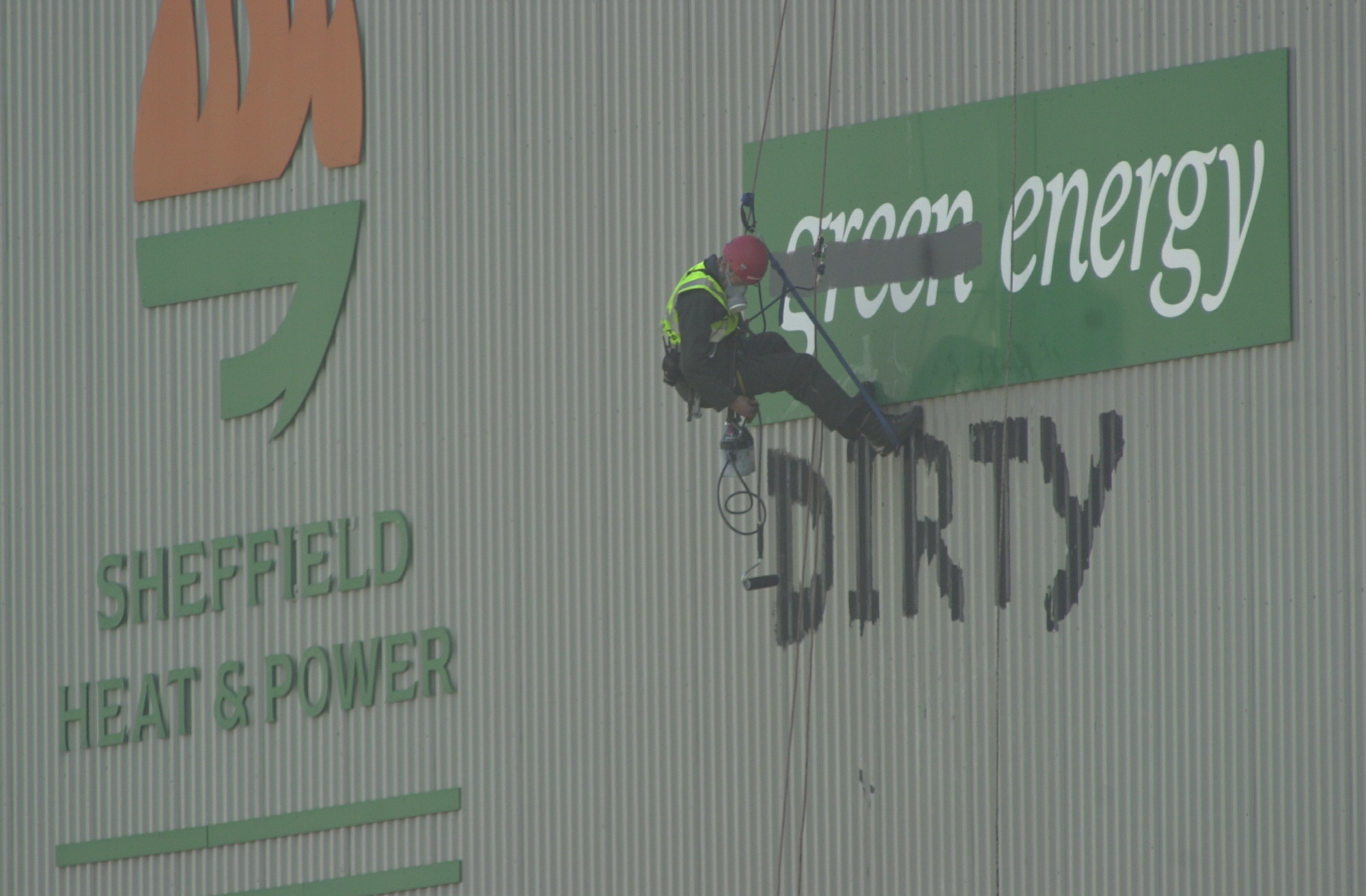
Greenpeace action in 2001 on an incinerator in Sheffield, UK. © Greenpeace / David Sims
Those profiting from incineration often call the energy from burning waste “green”. This greenwash would be laughable if it wasn’t so utterly frustrating. The reality is, electricity from plastic incineration is even dirtier than coal.
We’re in a climate crisis. We urgently need to stop extracting fossil fuels. We need to transition to renewable energy, such as wind and solar. We do not need to worsen climate change by burning plastic under the guise of being “green”.
It’s bad for air quality and our health
Burning plastic waste also releases a range of toxic gases, heavy metals, and particles into the air. These can be bad for our health.
Dioxins are just one of the many harmful emissions from incinerators. They are highly toxic and can cause cancer and damage to the immune system. Dioxins are also known to interfere with hormones. This can trigger problems in our brain, reproductive and nervous systems.
Even state-of-the-art incinerators can give off potentially dangerous amounts of dioxins. Because, while incinerators are fitted with technology to capture such toxins, some get through the filters.

